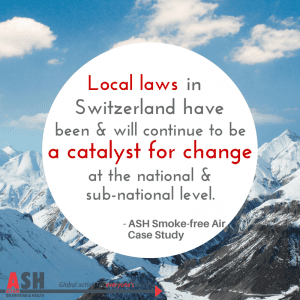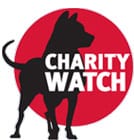Guest Blog: What I did this summer
By Matt Romeo
This summer I was given the opportunity to intern at ASH to learn about the inner workings of a non-profit organization and its role in tobacco control. Before I started my internship, I had a limited understanding of what ASH does and its push for tobacco control. Yet after a summer of incredible experiences and with the mentoring of a wonderful staff, I learned a lot about the disease, damage and death caused by tobacco and gained many valuable insights.
My First Day
Like any first day of a job or internship, I was a little nervous. My understanding of tobacco control was limited and I only knew a little bit about ASH’s role. After completing a quick review of ASH’s website, I was given a briefing on what ASH does. ASH is the secretariat of the Framework Convention Alliance (FCA), which was formed to support the Framework Convention on Tobacco Control (FCTC). The FCTC, ratified by 179 of the 194 World Health Organization member states, is the first global public health treaty and a major step forward in terms of tobacco control.
In addition to their work with the FCA, ASH also has several other programs that serve different tobacco control purposes. These programs include: the Tobacco Criminal Liability Project, the Tobacco Industry Monitoring program, the trade program and a program on Sustainable Development Goals. While the explanation only took about fifteen minutes, it took me almost the entire summer to comprehend the full breadth and depth of ASH’s tobacco control efforts.
With all the acronyms and technical terms, ASH’s work can be confusing to someone who does not have a background in tobacco control. The easiest way to understand what ASH does is to look at tobacco in two ways. There are organizations that promote cessation programs, programs that help current tobacco users quit, and then there are organizations that promote preventative measures, either through anti-tobacco campaigns, legislation or legal means. ASH is in the latter category; they attempt to limit tobacco consumption by holding tobacco companies liable for the deaths they have caused and by promoting the enforcement of tobacco control legislation in the United States and around the world.
Towards the end of my first day, I was given a list of all the things that I was going to be working on throughout the summer. The list looked daunting at first, but I was excited about the opportunity to do so many interesting things. The great part about interning at ASH is that, unlike other internships, I was not limited to one monotonous task, because ASH included me in tasks for several of their programs. Each aspect of my internship provided new challenges, and each challenge allowed me to learn something new.
Research

Throughout the summer, I researched a variety of topics, including state tobacco control facts, the progress of standardized packaging around the world, and information that led to the development of a divestment toolkit for college students. While sitting at a desk for eight hours a day reading articles and looking up facts could have been tiresome, I found it fascinating to discover the seriousness of the tobacco epidemic first-hand. By taking the time to read through the reports that first stated these facts, like the 1964 Surgeon General’s report, I was able to understand how dire the tobacco epidemic is around the world.
Each fact and each article made me want to find out more about the global tobacco problem, and the further I got into my research, the more interested and motivated I became. The research that I completed helped me better understand the global tobacco epidemic, which in turn motivated me to work harder and more diligently on the tasks given to me.








